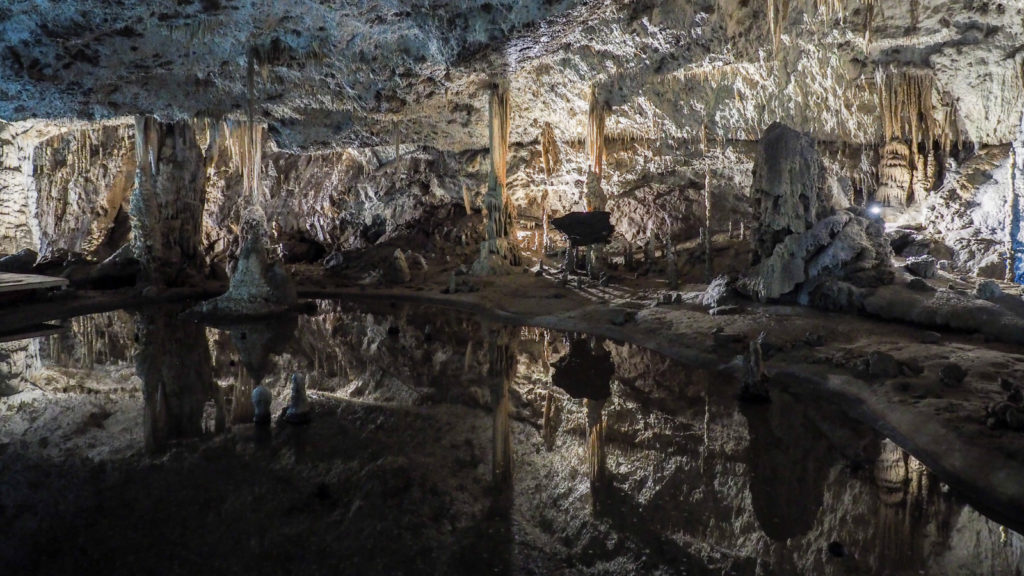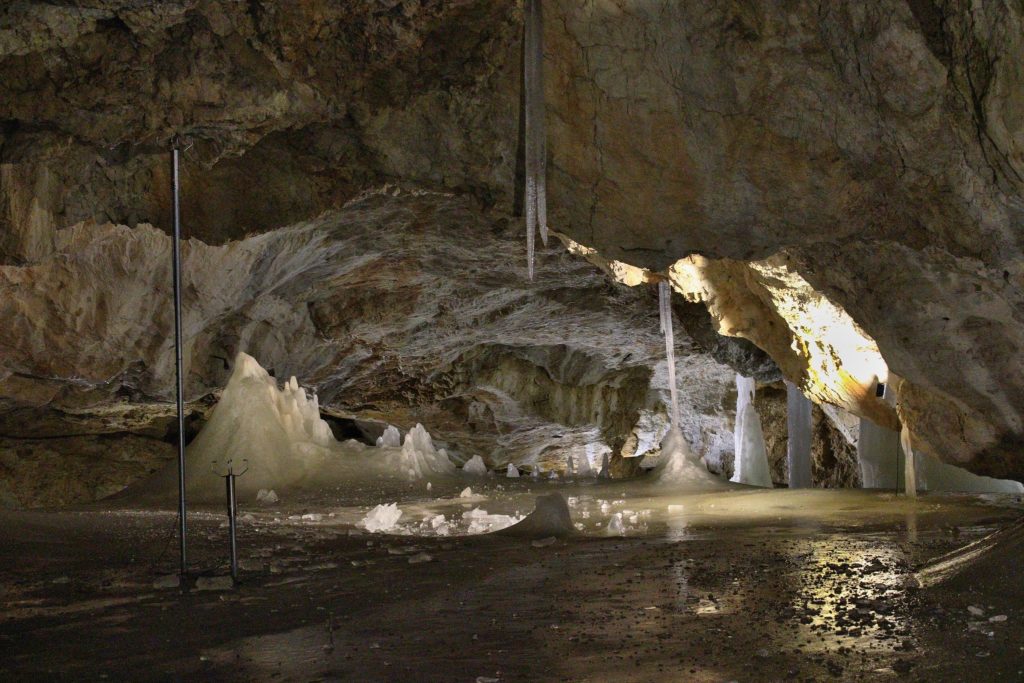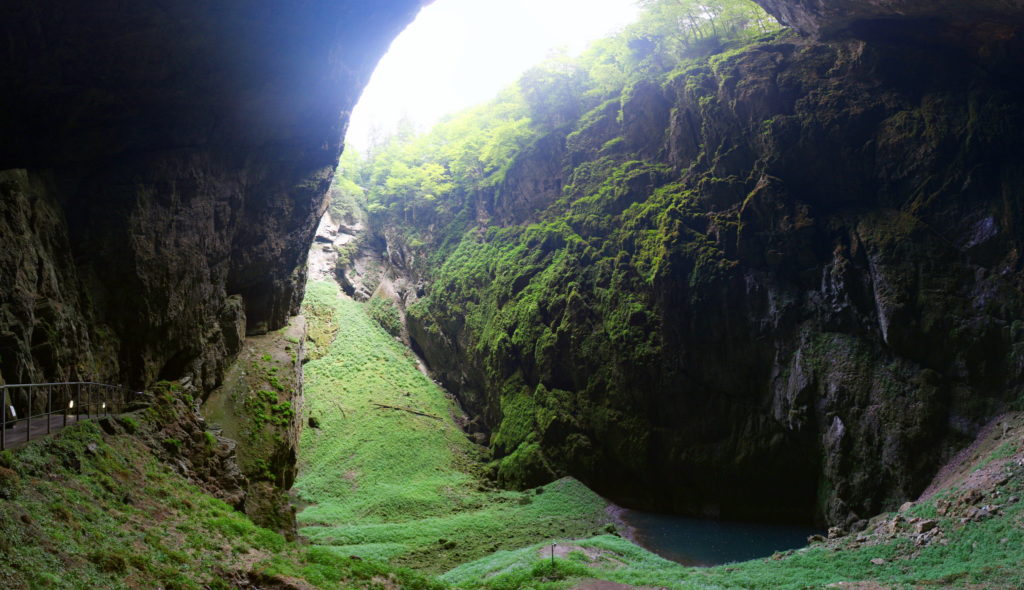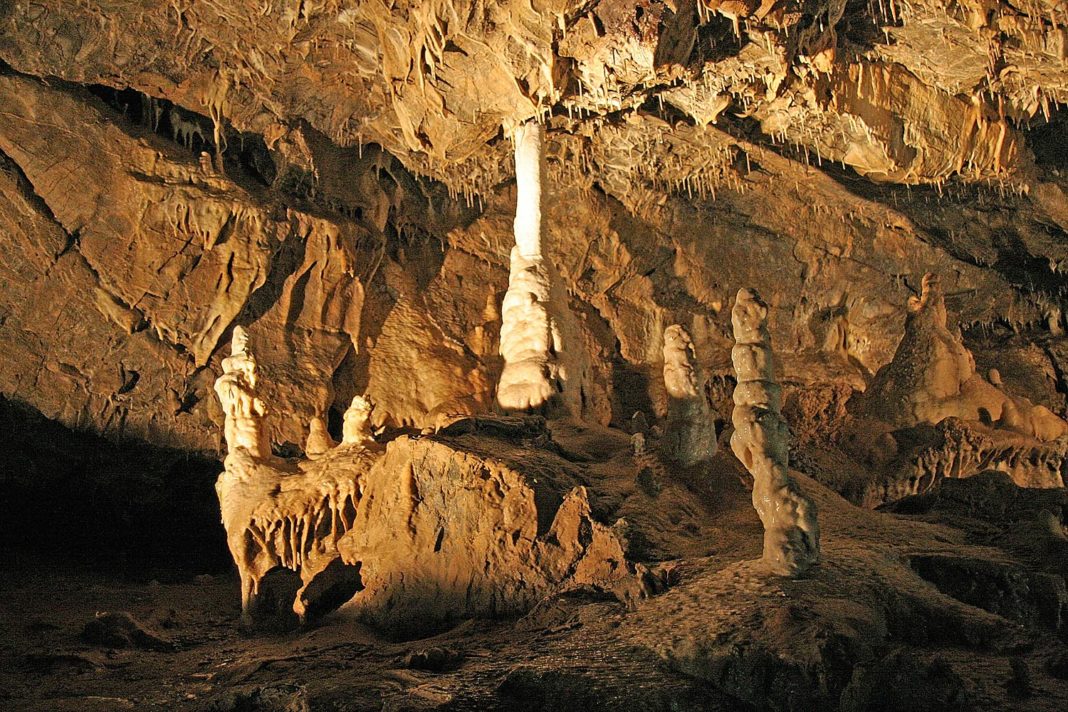The Moravian Karst is a karst landscape and protected landscape area to the north of Brno in the South Moravian Region of the Czech Republic. It encompasses a number of notable geological features, including roughly 1100 caverns and gorges and covers an area of roughly 92 km².

But only 4 caves are open to the public. There are Punkvevní jeskyně (Punkva Caves) with their underground river – during the cruise, you can see there the bottom of the famous Macocha Abyss. Another cave is Kateřinská jeskyně with its unique limestone columns. The Balcarka Cave is full of colorful stalactitic decorations. Sloupsko-šošůvské jeskyně are made by huge corridors and underground gorges.

This region is also home to one of the most important single geological features in the Czech Republic, the Macocha Abyss, a gorge 138 m deep, which was formed when the ceiling of a cave chamber collapsed. Macocha Abyss is also the place where the Punkva River begins to run underground through the Punkva cave system, and two small pools of water are visible at the surface.

In the central part of Moravian Karst, Rudické propadání is a place where a river called Jedovnický potok suddenly disappears into the caves and comes out in Býčí skála close to village Josefov after its 12 km long mysterious journey.

The Moravian Karst is a popular tourist attraction in the local area, and large numbers of tourists visit in the summer months. In addition to caverns, the protected landscape area contains well-marked bicycle trails and hiking paths to explore.
According to the Internet















